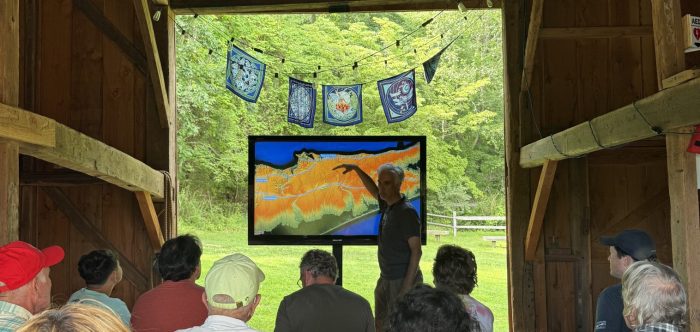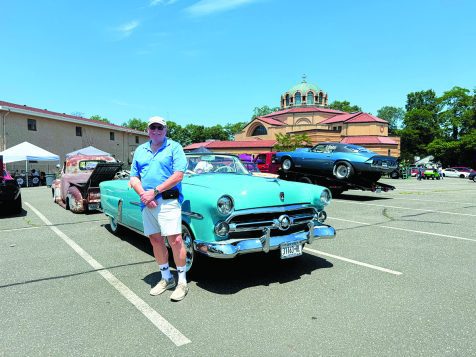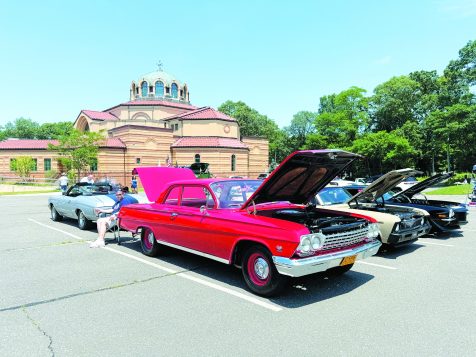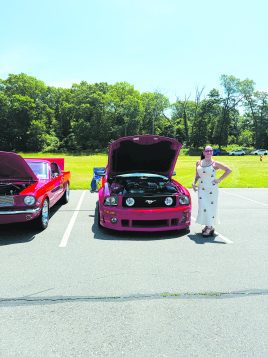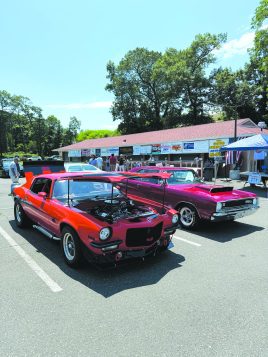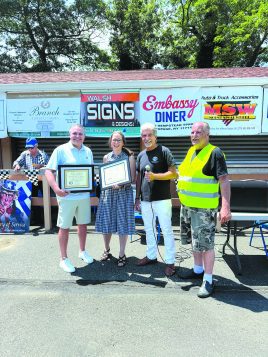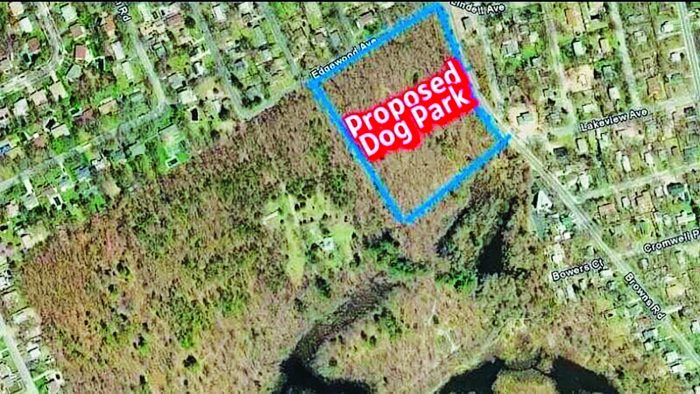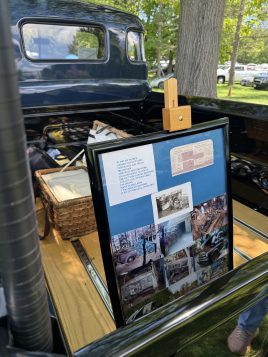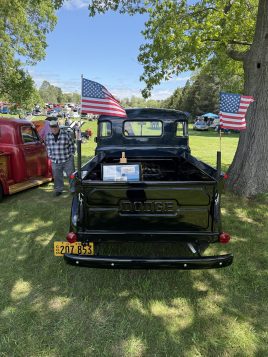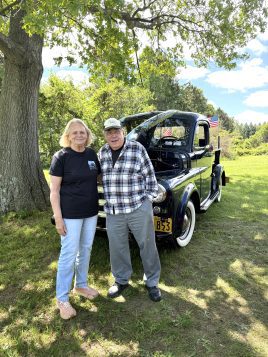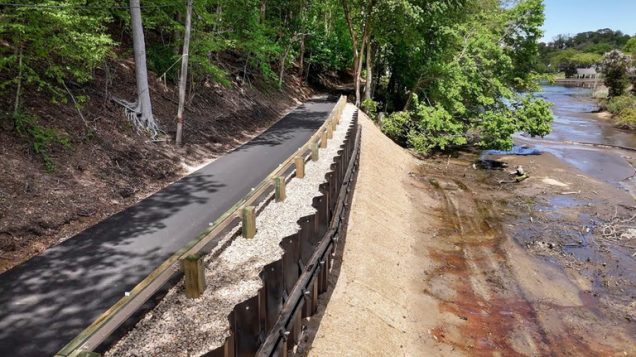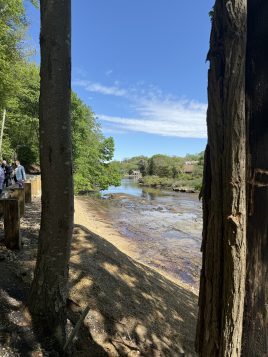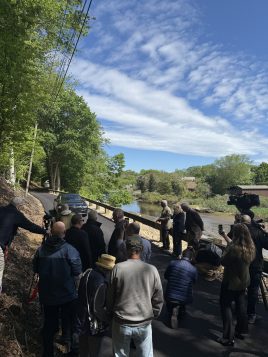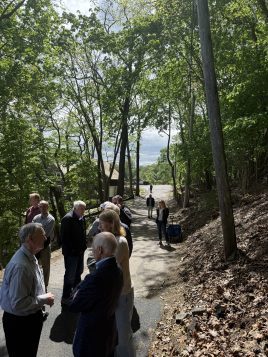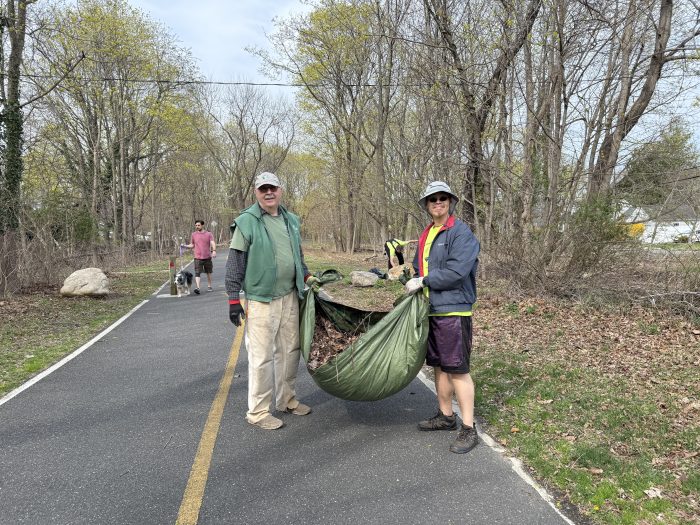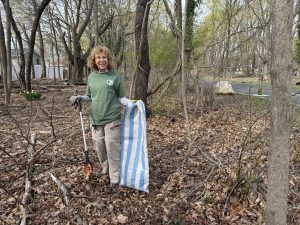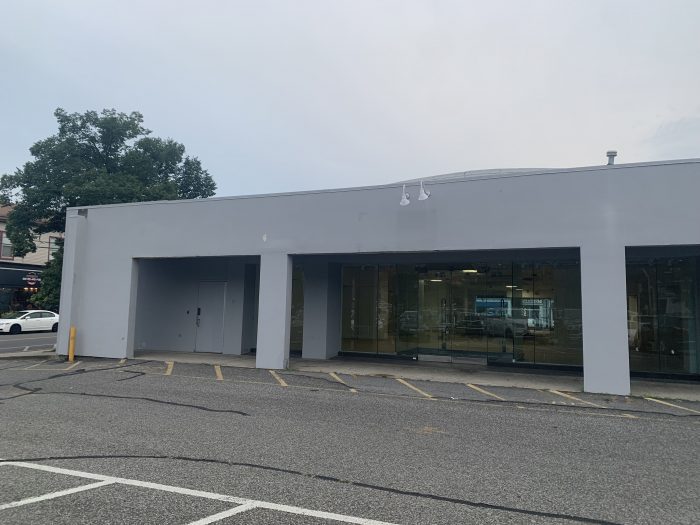By Caroline O’Callaghan
Seatuck Environmental Association and environmental protection group Save the Sound partnered with Sweetbriar Nature Center in Smithtown on June 29, for Seatuck’s ongoing conference and documentary screening series titled “Let the Nissequogue River Run!” The event took place at the nature center’s barn, which is appropriately situated along the Nissequogue River.
For those who braved the heat, the event shed light on the ongoing debate over whether or not the Stump Pond Dam should be rebuilt since last August’s storm ravaged the Nissequogue River and its surrounding areas, causing the river to flow freely through Byldenburgh County Park. The event sought to quell the dissonant reality which many residents have had to confront as a result of passive public education in regard to ecological consequences and outcomes when it comes to maintaining the river.
Ecologist Enrico Nardone serves as Seatuck’s executive director and presented an educational powerpoint about the ecohydraulics of Long Island’s river pathways. He later moderated the event’s discussion portion, emphasizing the importance of sharing information with the public so they can formulate their own conclusions regarding the future of the Nissequogue.
“We’re trying to create that alternative vision and explain to the public what’s gonna happen. [The Nissequogue River in its current, naturalized state] is not going to stay the same, plants will grow. It’s nice to help people see that vision, and their supportiveness,” said Nardone, referring to the opaqueness that many residents of the Nissequogue have felt since Suffolk County officials announced that they were putting $6.6 million aside to rebuild the dam.
“We’re trying to convince them [Suffolk County officials] not to do it because it’s gonna save a lot of money, it’s gonna make the river healthier and more resilient, still provide recreational opportunities, and honor the full history of the site,” Nardone continued.
In the past, four Long Island dams, excluding Stump Pond, have been removed due to damage and never replaced. Upon the removal of the dams, various ecological groups found that species diversity and water quality had improved in those areas affected. Despite this, some residents struggled to accept the evidence that dams might not be the only solution to maintaining our connections to the Sound. Dams can disrupt natural river flow, impact fish migration and alter habitats.
Louise Harrison, an ecology expert at Save the Sound, believes that keeping people open minded to restoring the environment is not a matter of presenting them with information, but lies in having them believe that good changes are always possible.
“If you aren’t paying attention, it’s all new and it’s all scary.” Harrison said, encouraging people to get involved with local ecology.
“People who have an attachment to a place have heartfelt feelings, and it’s hard to change people’s feelings with information. People have to experience the change themselves, and see and accept the change.”
While the river serves the public by circulating nutrients for wildlife, retaining the land and keeping the natural ecosystem nourished, George Jackman, an ecologist at Seatuck, hopes the event will help residents see how serving the river can create a greater benefit for the fate of Long Island’s natural landscape.
“People say the river can’t defend itself, that’s why people can act as guardians. I think the time is now, in the progression of rights, that we need to consider the river’s rights,” said Jackman, of advocating for the health of the river.
Megan Lung, manager of the New York Ecological Restoration Project at Save the Sound, was grateful for the positive response the event received from conscientious residents. “It’s really encouraging every time when I see people come out to hear what we have to say, give it a chance, or even if they disagree — to at least voice their thoughts and opinions,” said Lung, who provided the documentary for the screening.

